Are you feeling stuck in your treadmill routine, unsure if you’re getting the most out of your workouts? You’re not alone! Many of us hit the gym with the best intentions, yet we often find ourselves going through the motions without truly understanding how to maximize our efforts. Heart rate training can be a game-changer, helping you tailor your workouts to your fitness goals while ensuring you’re exercising safely and effectively. In this post, we’ll delve into the principles of heart rate training and show you how to apply them to your treadmill sessions, so you can burn more calories, boost your endurance, and feel empowered on your fitness journey. Let’s transform your treadmill time into a targeted, rewarding experience!

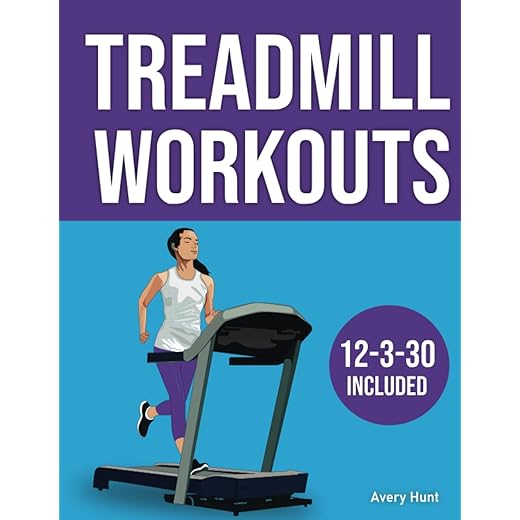

Understanding Heart Rate Zones
Heart rate zones are essential for anyone looking to optimize their fitness routine. By understanding these zones, you can tailor your workouts to meet your specific fitness goals, whether that’s weight loss, endurance training, or cardiovascular health. In this section, we’ll break down what heart rate zones are, how they are calculated, and the benefits each zone offers.
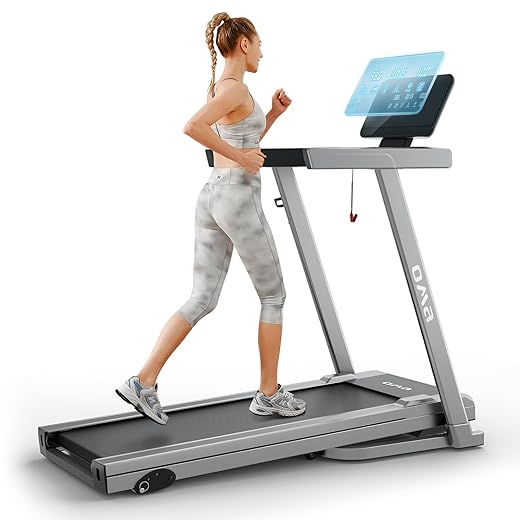
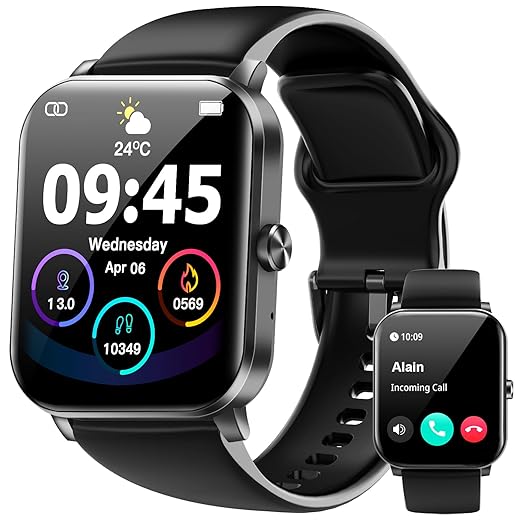
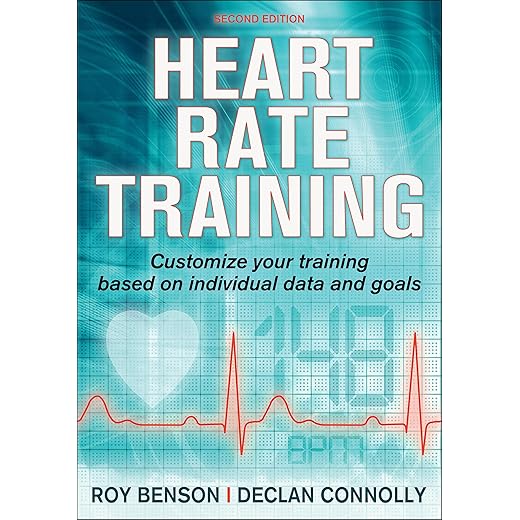
What Are Heart Rate Zones?
Heart rate zones are ranges of heartbeats per minute (bpm) that correspond to different levels of exercise intensity. These zones help you gauge how hard your body is working and can guide you in structuring your workouts. The heart rate zones are typically based on a percentage of your maximum heart rate (MHR), which can be roughly estimated using the formula:
Maximum Heart Rate (MHR) = 220 – Age
For example, a 30-year-old would have an estimated MHR of about 190 bpm (220 – 30).
Key Heart Rate Zones
- Resting Heart Rate Zone
- BPM: 40-60 bpm (for most adults)
- Benefits: Indicates overall heart health and fitness level. A lower resting heart rate often signifies a more efficient heart.
- Tips: To measure, check your heart rate right after waking up in the morning, preferably before getting out of bed.
- Light Activity Zone
- BPM: 60-70% of MHR
- Example: For a 30-year-old with an MHR of 190 bpm, this would be approximately 114-133 bpm.
- Benefits: Improves basic endurance and helps with recovery. Ideal for warm-ups and cooldowns.
- Practical Use: Walking at a brisk pace or light cycling. Devices like the Fitbit Charge 5 offer heart rate tracking that displays this zone in real-time.
- Moderate Activity Zone
- BPM: 70-80% of MHR
- Example: For our 30-year-old, this would be around 133-152 bpm.
- Benefits: Enhances cardiovascular fitness and promotes fat burning. Great for longer workout sessions.
- Practical Use: Jogging, swimming laps, or group fitness classes. The Garmin Forerunner 245 is great for tracking your heart rate and ensures you stay within this zone.
- Hard Activity Zone
- BPM: 80-90% of MHR
- Example: For a 30-year-old, this would be about 152-171 bpm.
- Benefits: Builds strength and endurance. Ideal for interval training and high-intensity workouts.
- Practical Use: Sprinting, cycling uphill, or high-intensity interval training (HIIT). The Polar Vantage V2 is a premium option that provides detailed heart rate data to maximize your training efficiency.
- Maximum Effort Zone
- BPM: 90-100% of MHR
- Example: For a 30-year-old, this is about 171-190 bpm.
- Benefits: Increases speed and performance; however, it’s not sustainable for long periods.
- Practical Use: Short bursts of maximum effort, such as sprinting or heavy lifting for a few seconds. The WHOOP Strap 3.0 is excellent for tracking performance metrics during these intense workouts.
Benefits of Training in Different Heart Rate Zones
Training in various heart rate zones not only keeps your workouts interesting but also allows you to target specific fitness goals. Here’s a breakdown of the benefits:
| Heart Rate Zone | Targeted Benefits | Recommended Activities |
|---|---|---|
| Resting Zone | Indicates fitness level, aids recovery | Morning stretches, yoga |
| Light Activity Zone | Improves endurance, recovery | Walking, light jogging |
| Moderate Activity Zone | Enhances cardiovascular health, burns fat | Jogging, cycling, swimming |
| Hard Activity Zone | Builds strength, endurance | HIIT, sprinting, circuit training |
| Maximum Effort Zone | Increases speed, power, and overall performance | Sprints, max lifts, short high-intensity bursts |
How to Monitor Your Heart Rate Zones
To effectively monitor your heart rate zones, you can use various tools and devices:
- Fitness Trackers: Devices like the Fitbit Versa 3 and Apple Watch Series 7 offer built-in heart rate monitors that track your heart rate in real-time, allowing you to adjust your intensity during workouts.
- Chest Strap Monitors: For those seeking greater accuracy, chest straps like the Polar H10 provide precise heart rate readings and are often used in conjunction with fitness apps.
- Smartphone Apps: Apps such as Strava or MapMyRun can track your heart rate when paired with compatible devices, providing detailed analytics of your workouts.
By understanding and utilizing heart rate zones, you can create a structured and effective exercise regimen that helps you achieve your fitness goals more efficiently. This knowledge is not only empowering but also essential for anyone serious about their health and fitness journey.
How to Calculate Your Target Heart Rate
Understanding your target heart rate (THR) is essential for optimizing your workouts, especially if you’re using a treadmill to improve your cardiovascular fitness. Calculating your THR helps you work out at the right intensity, ensuring you’re pushing your limits without overexerting yourself. This section will delve into the methods available for calculating your THR, highlighting the importance of personal factors such as age and fitness level.

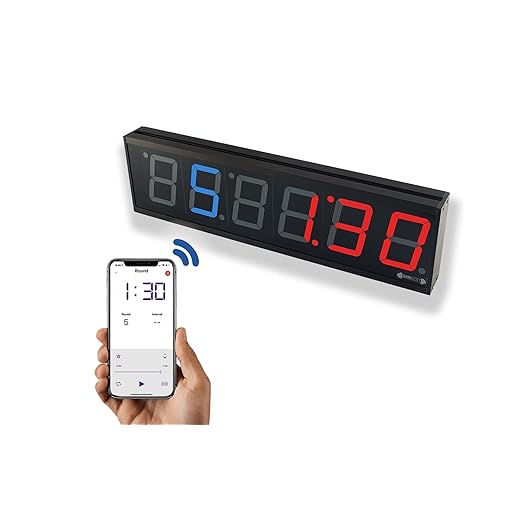

Understanding Target Heart Rate
Before diving into calculations, let’s clarify what your target heart rate actually is. Your THR is the range of heartbeats per minute (bpm) that you should aim for during exercise to achieve maximum benefits. Exercising within this range can help improve your cardiovascular health, increase endurance, and burn fat effectively.
Why is Target Heart Rate Important?
- Optimizes Workouts: Ensures you are exercising at the right intensity.
- Enhances Safety: Prevents overtraining and reduces the risk of injury.
- Tracks Progress: Allows you to measure fitness improvements over time.
The Karvonen Method
One of the most popular methods to calculate your target heart rate is the Karvonen method, which takes into account your resting heart rate (RHR). Here’s how to do it:
Step-by-Step Calculation
- Determine Your Age: For example, let’s say you’re 30 years old.
- Find Your Maximum Heart Rate (MHR): Subtract your age from 220.
- Calculation: 220 – 30 = 190 bpm
- Measure Your Resting Heart Rate (RHR): Ideally, check this first thing in the morning. Let’s say your RHR is 60 bpm.
- Calculate Your Heart Rate Reserve (HRR): Subtract your RHR from your MHR.
- Calculation: 190 – 60 = 130 bpm
- Determine Your Desired Intensity: Generally, a moderate intensity is around 50-70% of HRR, while vigorous intensity is 70-85%.
- Use the Formula:
- Lower End of THR: (HRR × Desired Intensity) + RHR
- Upper End of THR: (HRR × Desired Intensity) + RHR
Example Calculation
- Moderate Intensity (60%):
- Lower End: (130 × 0.50) + 60 = 115 bpm
- Upper End: (130 × 0.70) + 60 = 151 bpm
So, your target heart rate range for moderate exercise would be 115 to 151 bpm.
Using the Straight Percentage Method
If you prefer a simpler calculation and don’t have your RHR handy, you can use the straight percentage method:
Calculation Steps
- Determine Your MHR: As calculated previously, for a 30-year-old: 190 bpm.
- Choose Your Intensity:
- Moderate (50-70%)
- Vigorous (70-85%)
- Calculate THR:
- Moderate:
- 190 × 0.50 = 95 bpm
- 190 × 0.70 = 133 bpm
- Vigorous:
- 190 × 0.70 = 133 bpm
- 190 × 0.85 = 162 bpm
- Moderate:
Comparison Table of Methods
| Method | Calculation Steps | Target Heart Rate (bpm) | Pros | Cons |
|---|---|---|---|---|
| Karvonen Method | RHR + (HRR × Intensity) | 115 to 151 (Moderate) | More personalized | Requires RHR measurement |
| Percentage Method | MHR × Intensity | 95 to 133 (Moderate) | Simple and quick | Less personalized |
Individual Factors to Consider
When calculating your target heart rate, it’s crucial to consider personal factors:
- Age: As demonstrated, age impacts MHR.
- Fitness Level: More conditioned athletes may have different target ranges.
- Health Conditions: Consult a physician if you have heart-related issues.
Utilizing Technology for Heart Rate Monitoring
To effectively train within your target heart rate zone, consider investing in reliable heart rate monitoring devices. Here are some popular options:
- Polar H10 Heart Rate Sensor: Known for its accuracy, this chest strap provides real-time heart rate data to your compatible devices.
- Garmin Forerunner 245: A GPS running watch that continuously monitors heart rate and offers training insights.
- Apple Watch Series 8: Not only does it track your heart rate, but it also provides alerts if your heart rate exceeds or falls below your set limits.
Benefits of Heart Rate Monitors
- Real-Time Feedback: Stay informed during your workouts.
- Historical Data: Track your progress over time.
- Customization: Set alerts for when you enter or exit your target heart rate zone.
By understanding how to calculate your target heart rate and utilizing the right tools, you can ensure that your treadmill workouts are both effective and safe, paving the way for improved fitness and health.
Maximize Your Results with Heart Rate Insights
In conclusion, incorporating heart rate training into your treadmill workouts can significantly enhance your fitness regimen by optimizing calorie burn, improving cardiovascular health, and ensuring efficient training sessions. As you consider implementing these techniques, it’s essential to tailor your approach to your individual fitness goals and any existing health conditions. Remember to start gradually, allowing your body to adapt to this new training method. By listening to your heart and progressing at a comfortable pace, you’ll set yourself up for long-term success and improved performance.
Is it just me, or do some people argue that heart rate training can be too restrictive? I think there’s a balance between listening to your body and sticking to numbers.
I’m curious about how to adjust heart rate training for older adults. Are there different considerations we should keep in mind?
Great question! Older adults should consider a more conservative approach, possibly consulting with a healthcare provider before starting intense heart rate workouts. I’ll keep this in mind for future content!
I’ve been meaning to ask about the best treadmill brands for heart rate training. Are there specific features you should look for?
Look for treadmills with built-in heart rate monitors and adjustable incline features. Brands like NordicTrack and Sole offer great options for monitoring your heart rate effectively.
Great article! I’d love to see a section on how to integrate heart rate training with strength workouts. Any tips on that?
That’s awesome! Do you use a specific heart rate monitor? I’ve been looking at the Polar H10; any thoughts?
Congrats on your 5K! The Polar H10 is a fantastic choice; it’s super accurate and comfortable. Glad to hear you’re finding success with heart rate training!
I find it tough to stick to my target heart rate on the treadmill, especially when I get bored. Any strategies to make it more engaging while keeping my heart rate up?
Thanks for the suggestion! That’s a great idea. I’ll consider writing about combining cardio and strength training in future articles.
I actually tracked my heart rate during my last few treadmill workouts, and it really helped me push myself! I did a 5K in under 30 minutes thanks to that focus!
I totally agree! Mixing in intervals can help with boredom and keep your heart rate up. Try doing 1-minute sprints followed by 2 minutes of walking; it keeps things fresh!
That’s a solid tip! Intervals definitely add variety and can make your workout more enjoyable. Thanks for sharing!